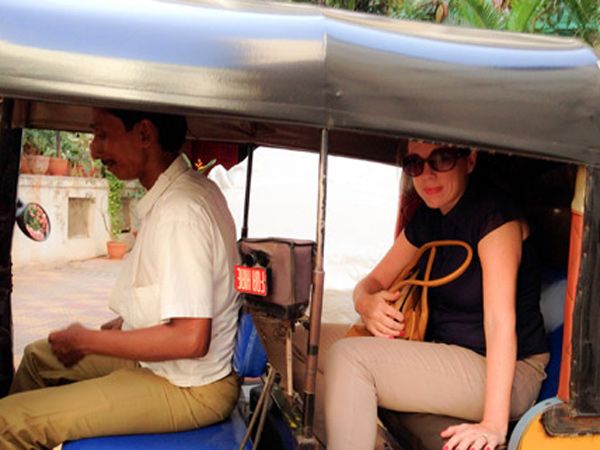
Last year’s Union Budget which followed Modi’s rise to power was eagerly anticipated by the nation. On the surface, it looked like a very promising manifesto, particularly for campaigners of women’s rights and for those concerned about women’s safety issues. 200 crores were allocated to various schemes to increase women’s safety in cities and on public transport. OK, that was exactly the same amount as the government allocated to the creation of a giant statue of Sardar Vallabhbhai Patel for the state of Gujarat, but still. It was a start. And one which made great headlines.
Along with all of this fanfare came a promise to create a crisis management centre for women in Delhi, to be funded from the 1000 crore “Nirbhaya Fund” set up the previous year, presumably as a way to ensure that the terrible events of December 16, 2012 were never forgotten by a nation shamed by the actions of its men. Unfortunately, the fact is that not a single rupee was actually spent from that fund in the entire year after it was set up.
Like the failure to actually spend any of the famed 1000 crores, the promises made in the 2014 budget seem similarly hollow. Many people feel that the 2014 “women friendly” budget announcements were nothing but populist rhetoric, with little or no implementation. The political agenda has now shifted from the issue of women’s safety and equality to the economy – with the foreign investment drive and the “Make in India” agenda. That is all well and good, and no doubt a billion Indians will feel great about competing on the world stage, but how can outsiders take a nation seriously when its women are constantly being attacked and treated as second class citizens? As a foreigner living in India and married to an Indian, Modi has made my life easier with the announcement that my PIO (person of Indian origin) validity has been automatically extended from 15 years to lifetime. At the same time, like most foreigners, I was utterly shocked when I learned about the extent of female foeticide and infanticide in India. The fact that you can’t even learn the sex of your baby during pregnancy in India seems so bizarre, so wrong and so strange, and yet so “normal” here in India. I am stunned on a daily basis by the headlines which scream of rape and brutality against women. So while Modi may be trying to appeal to foreigners and NRIs, the harsh reality of India’s treatment of girls and women is utterly shocking. The marketing of India is an important goal. But if fundamental human rights issues are not addressed then “Make in India” will become a global joke.
The Beti Bachao, Beti Padhao Yojana campaign is at least an attempt to focus on the issue of female foeticide, but again, it might just be a snappy headline created by party publicists. The accompanying Sukanya Samridhi Yojna scheme aims to create prosperity for the girl child – girls below 10 years will have bank accounts with more interest and income tax benefits. If this is actually followed through then it might start to encourage India to see its girl children as an asset rather than a liability, but it might also have a similar effect to the benefits schemes in countries like the UK – where grants and allocations are given for those who cannot (and in some cases will not) work, and often exploited as a result.
There is no neat solution to India’s woes, but action must start at a grass roots level, with education, birth control and the creation of opportunities for girls. We middle class women living in the metros actually have little or no idea how difficult it is for the majority of women across India. Mothers with too many children struggle to survive, let alone teach their boys to be responsible citizens and support their girls to achieve. Education in India needs to avoid traditional gender stereotyping, which is deeply rooted in the archaic notion of men as providers, women as (silent) homemakers. We need to see recruitment drives for women in the police and other public positions. Self defence classes for girls and women. Scholarships for bright girls from poor backgrounds. Campaigns to name and shame, locally. CCTV on more streets. And so on.
Let us hope that the Beti Bachao, Beti Padhao Yojana results in action at a local level, rather than disappearing into the air. And let us ask uncomfortable questions. What happened to that 1000 crores? Why was last year’s budget all “sound and fury, signifying nothing?” Why, in 2015, must we be too terrified to reveal the sex of an unborn baby? Lets hope that this budget is action oriented on women’s issues. It’s about time.
More On >> Money




